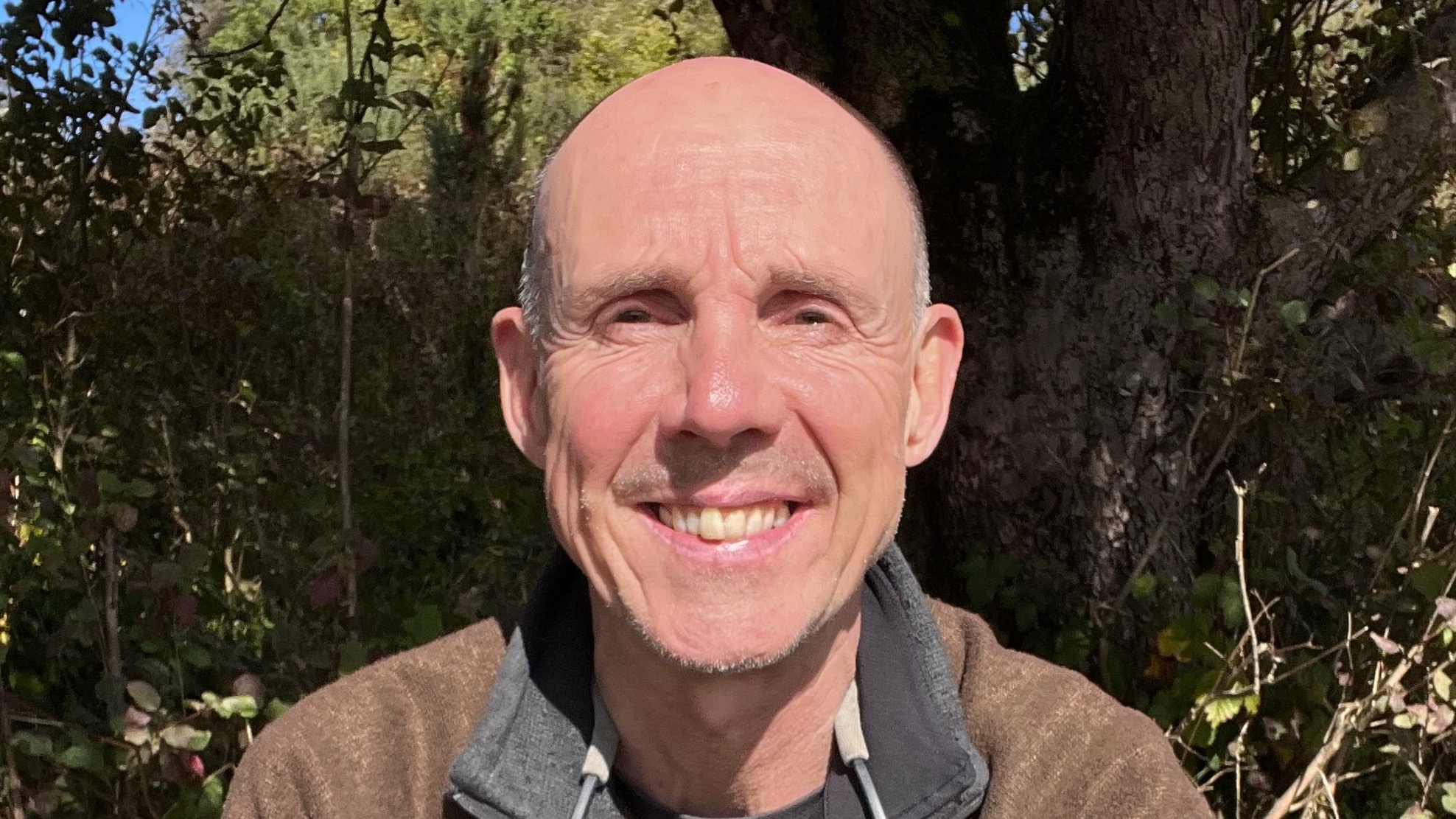
Event date: OCT 13, 2025 – OCT 24, 2025
Thames Path Challenge. 185 Miles. One River. One Goal.
In April of this year, I turned 60, and to mark this milestone I created a list: ’60 at 60′. One of the big items on that list is to walk the entire length of the Thames Path – a distance of 185 miles. I’m aiming to complete the walk in 12-days, that’s roughly 15.5 miles per day. At the same time, I would like to raise money for two amazing charities: the national charity – Action Medical Research and my local charity – Hope House Children’s Hospices.
Why am I using www.givewheel.com?
www.givewheel.com is the only UK based platform which currently facilitates online fund raising for multiple charities on one page.
What is this fundraising activity all about?
Starting in the peaceful Cotswold countryside and ending in the heart of London, this journey is more than just a personal challenge, it’s a chance to make a real difference. Every step I take along the river is in support of Action Medical Research, who have been funding medical breakthroughs for over 70 years, and Hope House Children’s Hospices who give local children with a life-threatening condition, and their families, access to professional care and improve their quality of life.
Why This Matters?
The role that charities play in our society is massive. Charities are organisations whose primary aim is to promote the welfare of others or benefit society. There are currently over 160,000 charities in the UK. A large part of the funding for these charities comes from individual donations. In essence, they cannot survive without our help and support.
Why the Thames Path Challenge?
Because big challenges deserve bold responses. This is a test of endurance, spirit, and blisters – but it’s nothing compared to the challenges faced daily by those people who rely on the fabulous work of my two chosen charities.
How You Can Help?
Please support my walk by donating what you can. Whether it’s the price of a coffee or perhaps a little bit more, every pound brings us closer to funding further medical research or helping a child who has a life-threatening condition. Money raised from the challenge will be split equally between the two charities.
Follow the Journey:
I’ll be sharing updates, photos, and river views along the way; the highs, the lows, the muddy boots and possibly the blisters.
More about the charities:
Action Medical Research has been funding medical breakthroughs for over 70 years. They have helped to beat polio, fight meningitis, prevent stillbirths and develop ultrasound scanning in pregnancy, helping to save thousands of children’s lives and change many more. Today, their children’s charity continues to tackle the challenges disease and disability present by funding high quality research across the UK to save and change children’s lives.
www.action.org.uk
Hope House Children’s Hospices is there to give every local child across Shropshire, Cheshire, North and Mid Wales with a life-threatening condition and their families access to professional care and improve their quality of life from the point of diagnosis. They currently support 265 children and more than 750 families; to continue to provide this care and support they need to raise £10 Million every year with just 2 months coming from Government funding.
www.hopehouse.org.uk
















































































